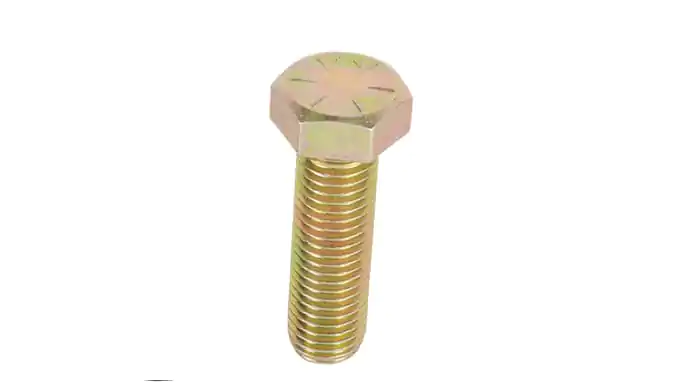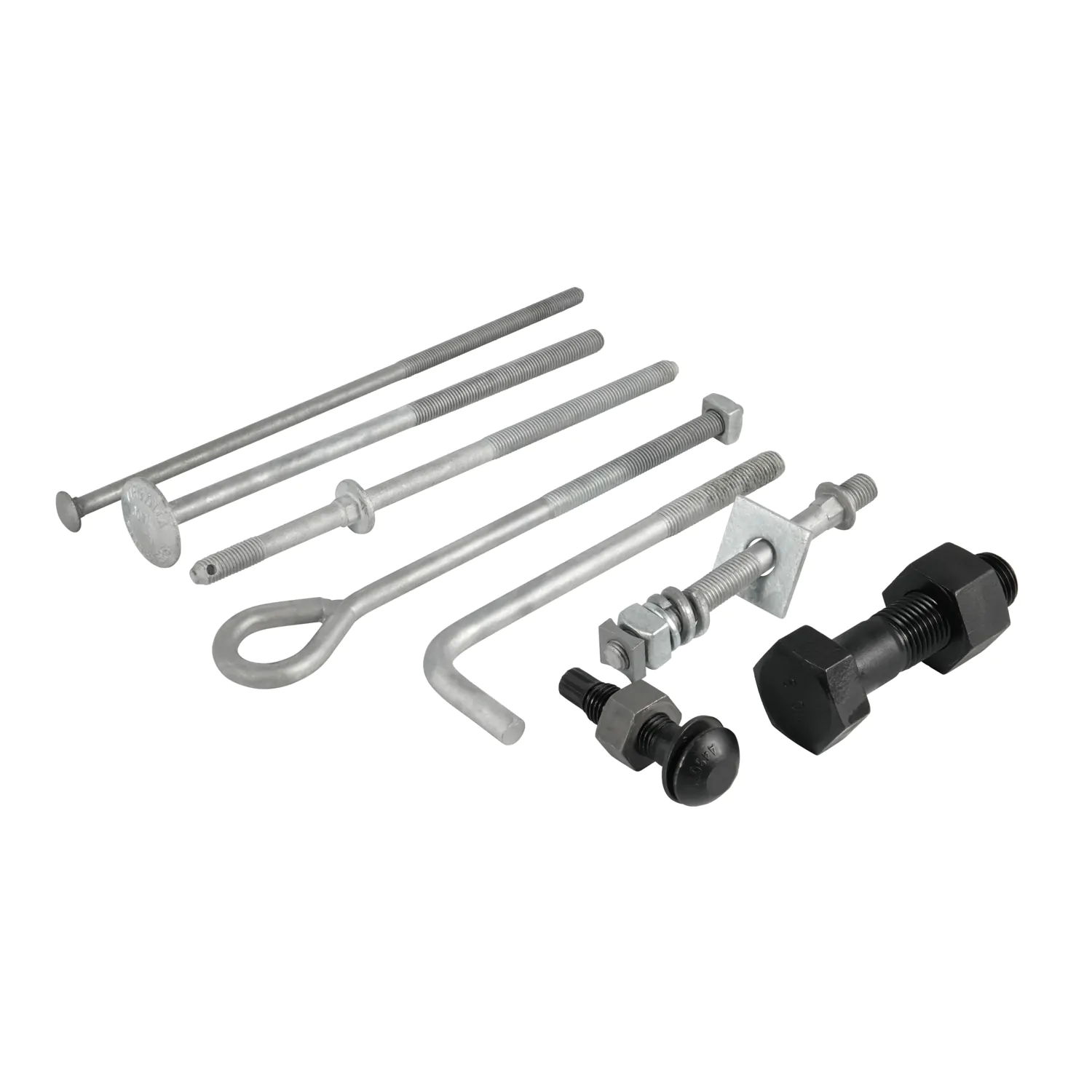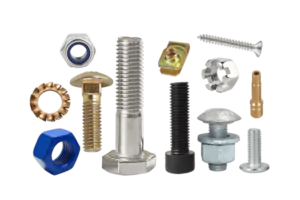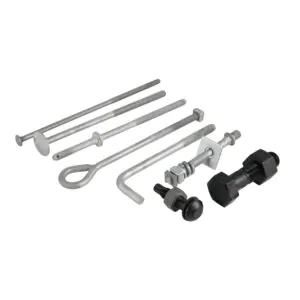Bolt head diameter plays a crucial role in engineering, procurement, and quality control. Whether designing machinery, sourcing fasteners, or ensuring compliance with standards like ISO 4014, DIN 933, and ASME B18.2.1, knowing how to calculate bolt head diameter ensures compatibility and structural integrity. This guide covers bolt head diameter calculations, measurement techniques, and standard size charts to help engineers, buyers, and manufacturers make informed decisions.
How to Calculate Bolt Head Diameter?
The head diameter of a hex bolt is typically 1.5 times its nominal diameter in ISO standards and around 1.73 times in ASME standards. It is measured across the flats (AF) using calipers. Specific formulas vary depending on the bolt type and standard.
For a standard hex bolt: Dhead=K×DnominalD_{head} = K \times D_{nominal}Dhead=K×Dnominal
Where:
- ISO/DIN bolts: K≈1.5K \approx 1.5K≈1.5
- ASME bolts: K≈1.73K \approx 1.73K≈1.73
For example, an M10 hex bolt (ISO 4014) has an approximate head diameter of 15mm, while the ASME equivalent is 17.3mm.

How to Determine Bolt Size from Head?
To identify a bolt size from its head, measure the width across flats (AF) using calipers. This corresponds to the wrench size used for the bolt.
Common conversions:
- AF = 17mm → Likely an M10 bolt (ISO standard)
- AF = 19mm → Likely a 3/8″ bolt (ASME standard)
Referencing standard charts ensures accuracy in selecting replacements or verifying compliance.
How Do You Measure Head Bolts?
Use a caliper or a bolt size gauge to measure the head. Ensure proper contact with the flat surfaces and avoid angled measurements.
Measurement Steps:
- Hex Bolts: Measure across the flats (AF).
- Countersunk Bolts: Measure the full head diameter.
- Flange Bolts: Measure both the flange diameter and AF.
Metric Bolt Head Size Chart (ISO 4014, DIN 933)
| Bolt Size (mm) | Head Diameter (mm) | Wrench Size (mm) |
|---|---|---|
| M6 | 10 | 10 |
| M8 | 13 | 13 |
| M10 | 17 | 17 |
| M12 | 19 | 19 |
| M16 | 24 | 24 |
Bolt Head Diameter in ISO, DIN, and ASME Standards
- ISO 4014 / DIN 933 (Metric Bolts): Common in European and international applications.
- ASME B18.2.1 (Imperial Bolts): Used in the U.S., with slightly larger heads.
- DIN 6921 (Flange Bolts): Includes an integrated washer-like flange for better load distribution.
Bolt Size to Wrench Size Chart
Many users search for wrench size compatibility. Below is a quick reference:
| Bolt Size (mm) | Wrench Size (mm) |
|---|---|
| M6 | 10 |
| M8 | 13 |
| M10 | 17 |
| M12 | 19 |
| M16 | 24 |
| Bolt Size (inch) | Wrench Size (inch) |
|---|---|
| 1/4″ | 7/16″ |
| 3/8″ | 9/16″ |
| 1/2″ | 3/4″ |
| 5/8″ | 15/16″ |
How to Choose the Right Bolt Head Size?
- For structural applications: Larger heads distribute force better.
- For space-limited designs: Low-profile or countersunk bolts are ideal.
- For high-torque applications: Flange bolts prevent washer loss and increase stability.
Conclusion
Knowing how to calculate bolt head diameter ensures proper selection, installation, and compliance with engineering standards. Always measure using precise tools and refer to ISO, DIN, or ASME charts for accuracy.
Hengrui fastener company is specializing in the manufacturing and exporting of bolts, screws, nuts, washers, and custom non-standard fastener, with many different materials, like carbon steel, stainless steel, brass, aluminum, titanium, special alloy steel, etc. Need expert advice? Contact a trusted fastener supplier to ensure the best choice for your application!







